Ginger is one of nature’s most versatile spices. It pairs well with savory dishes, and can even give quite a bit of heat to foods when used heavily. At the same time, it works beautifully with sweet dishes, like pumpkin pie, and, of course, gingerbread.
You can buy ginger already dried and ground, but you are missing a lot of the best flavor by using it this way. Ginger is at its best when it is used fresh from the ginger root. Many people stick with the ground variety because they don’t know how to work with the whole ginger root, or because they don’t believe they will use up an entire root before it goes bad.
We’re going to show you, step-by-step, how to use and store ginger so that you have fresh flavor whenever you need it. I’m betting that, after reading this tutorial, you’ll never use dried ginger again.
What you’ll need to get started
- Ginger Root purchased from a farmer’s market or produce section at the grocer
- Sharp Knife
- Microplane Grater
- Vegetable Peeler
- Spoon
- Cutting Board
- Plastic Storage Bag
How to mince ginger
Step One – Choosing your Ginger
To get the best life from your ginger, it’s important to choose it carefully. It should be firm with smooth skin, and should feel heavy. It if is shriveled or wrinkly, it is old. If it is moldy, it is already beginning to rot.
Step Two – Prepare the Ginger
If your ginger root is large, cut it into two or three more manageable pieces. Remove knobs or bumps that will get in the way of peeling and discard.
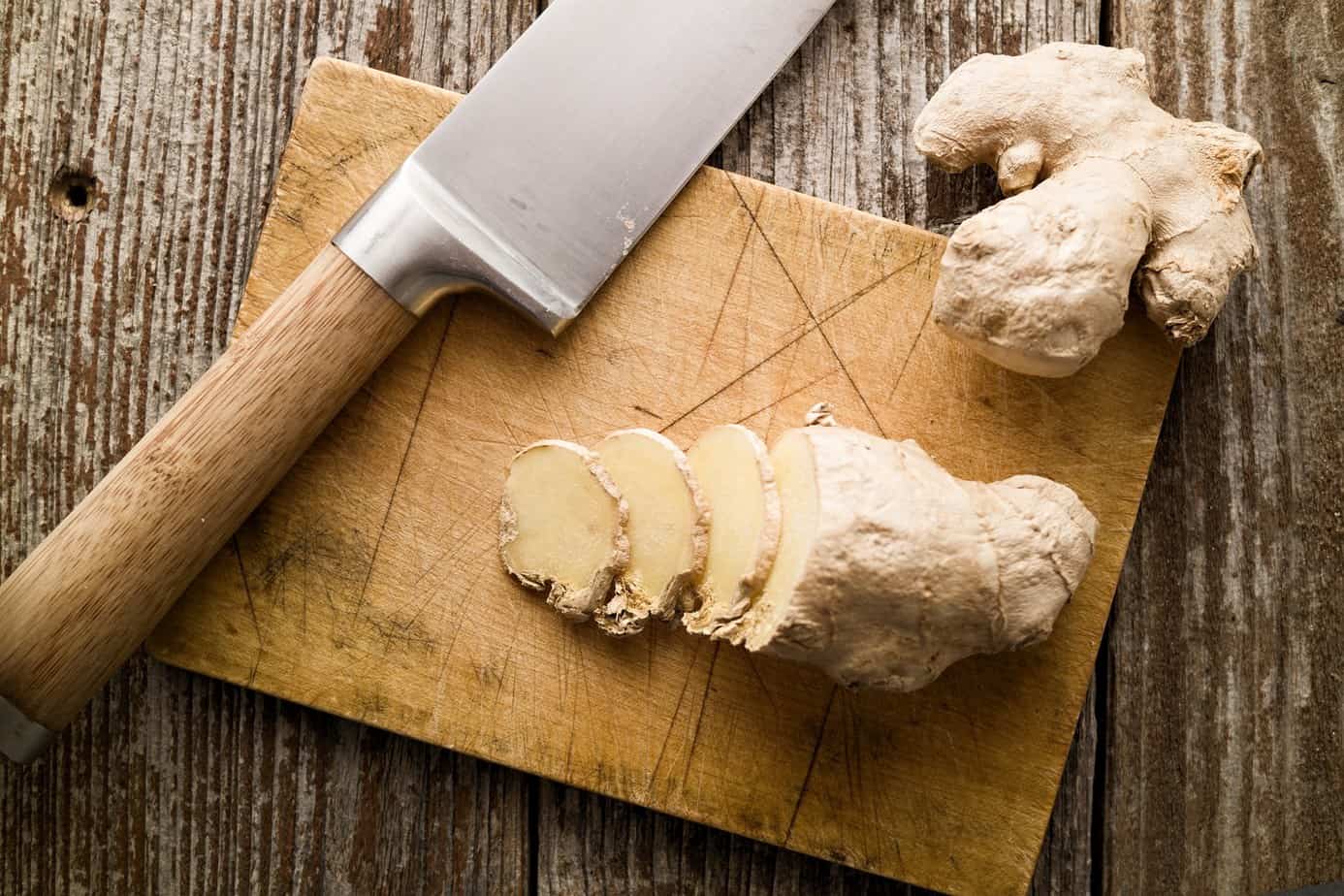
Step Three – Cut to size
Using a sharp knife and the cutting board; cut a piece of ginger off the larger piece that represents roughly the amount you’ll need for your recipe.
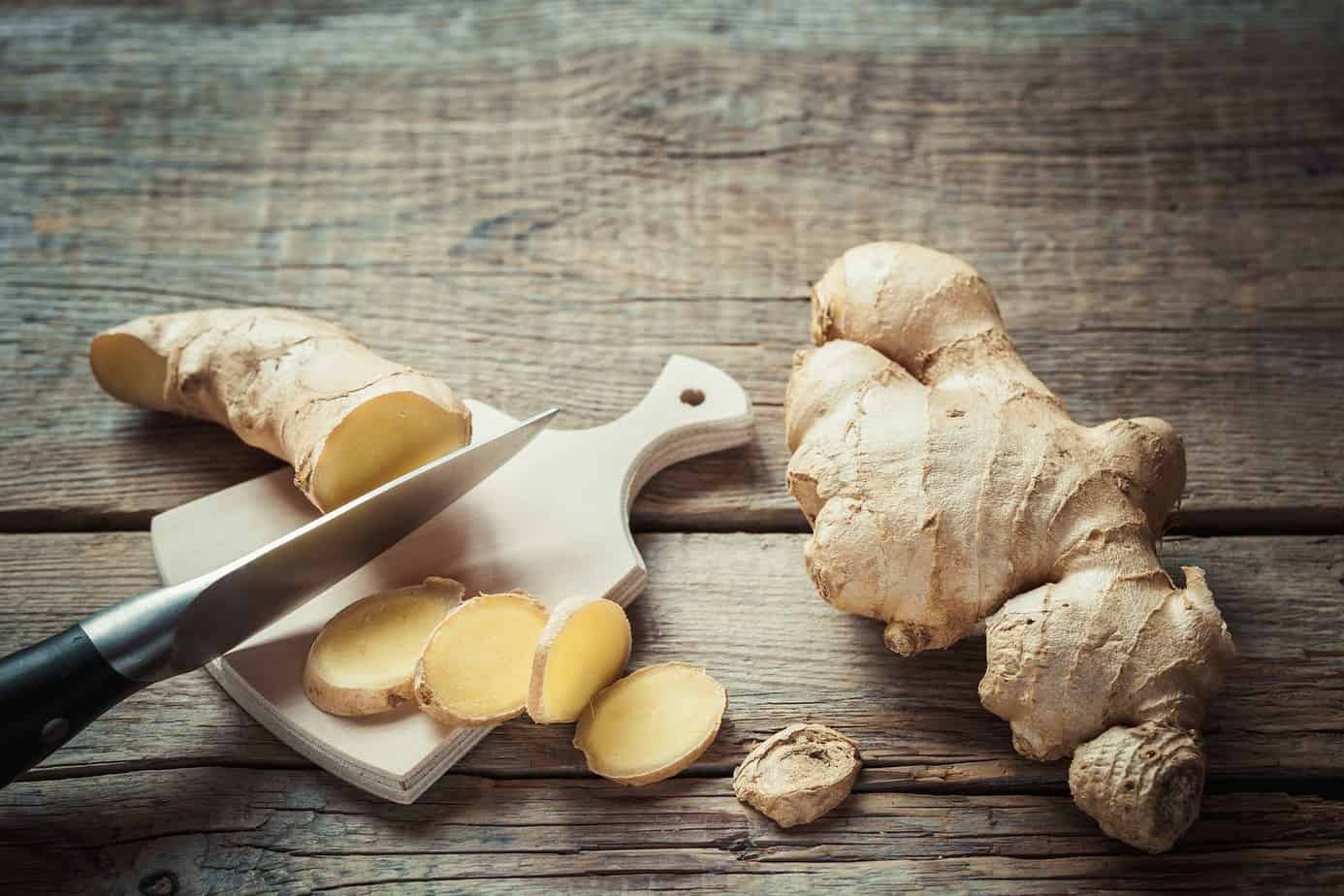
Step Four – Peel the ginger
Using a spoon, peel the ginger with the tip of the spoon until all the brown peel is removed. If you grow your own ginger or get very fresh organic ginger from the grower, you may find that the skin is so soft that you don’t even need to peel.
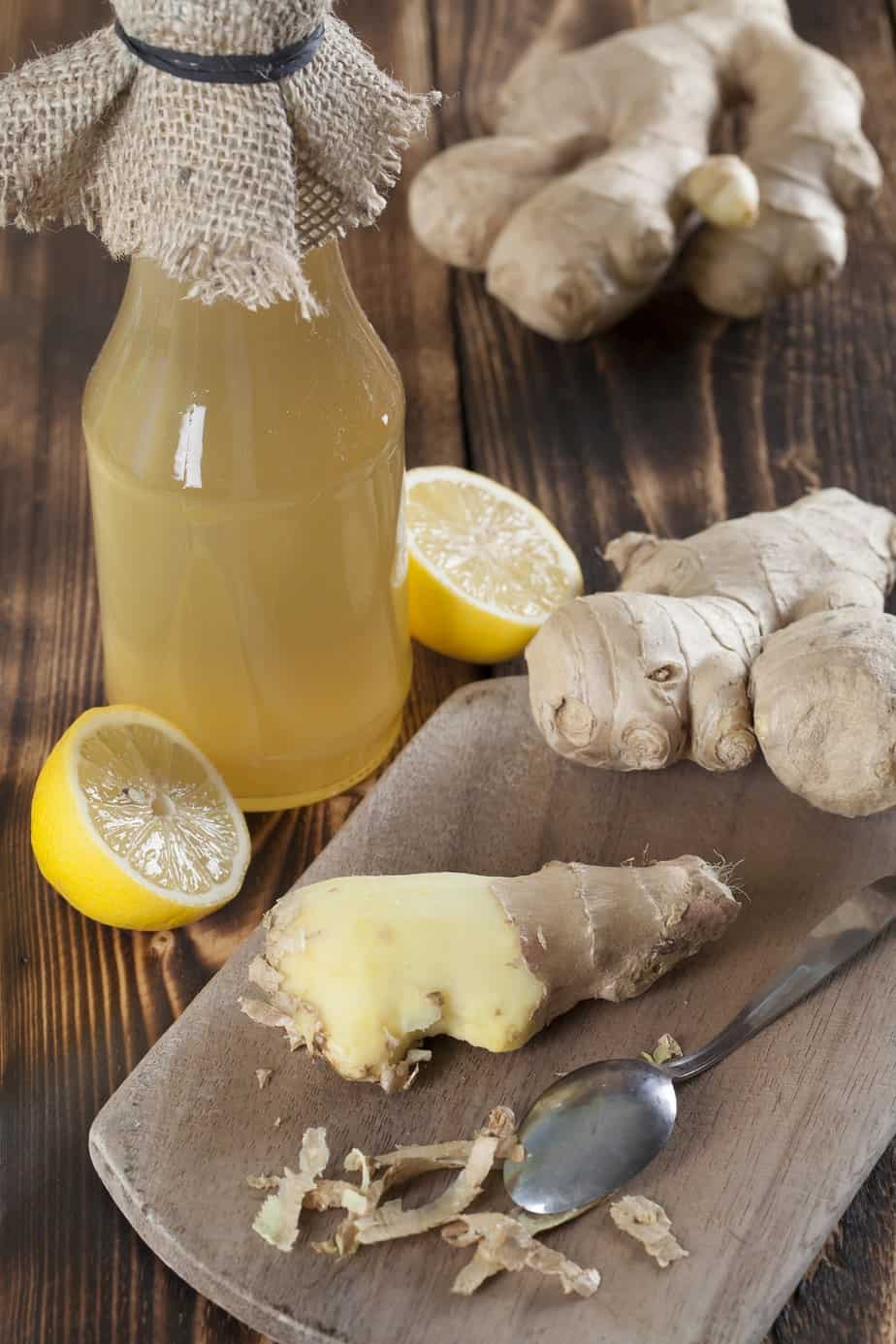
Step Five – Grate the Ginger
Now that the peeling is gone, the soft white flesh is exposed. Using the microplane grater, grate the ginger. Alternatively, depending upon your recipe, you can slice or chop the ginger with a knife.
You can purchase ceramic graters designed especially for ginger, but I have had great luck with my microplane grater.
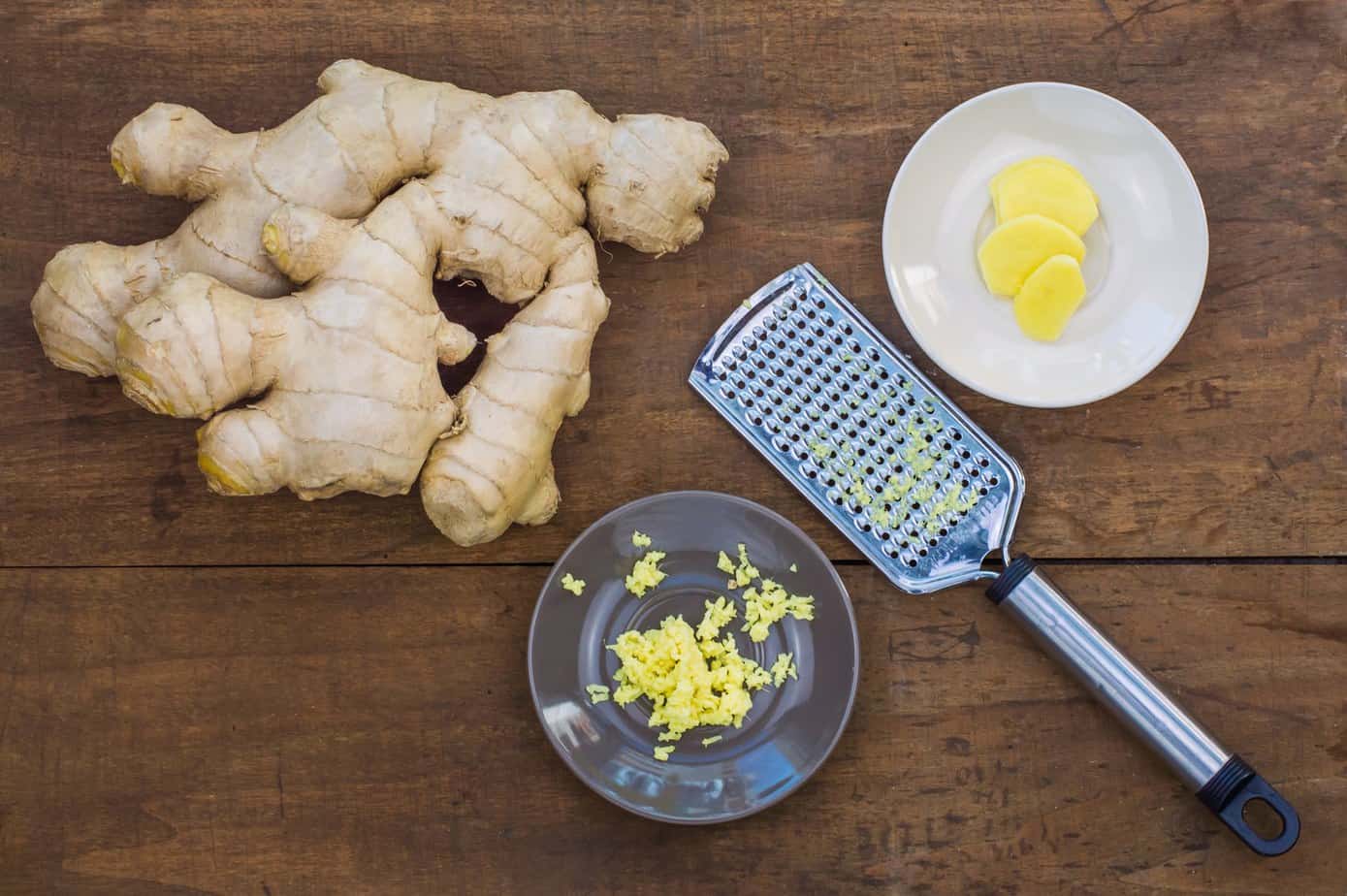
If you find fibrous pieces that become stringy and hard to grate, simply remove and discard.
Measure what you need for your recipe. I like to have a little extra, so that I can add more if needed after tasting the dish. Like other spices, some ginger roots will have a stronger flavor than others, so you may have to adjust the amount to taste.
Step Six – Storing Ginger
- Unpeeled ginger will keep in the refrigerator for about three weeks. Blot any exposed, peeled area dry with a paper towel before storing. Place the ginger in a plastic storage bag, making sure to get all the air out when sealing. Place the storage bag in the crisper drawer of the refrigerator.
- You can store peeled ginger the same way, but it will only last about a week.
- You can also store ginger in alcohol. Simply peel the ginger and place in a jar, submerged in alcohol. Most people use vodka or rice wine. The ginger will keep for about six weeks this way, but the alcohol will change the flavor somewhat. Vodka seems to change the flavor the least.
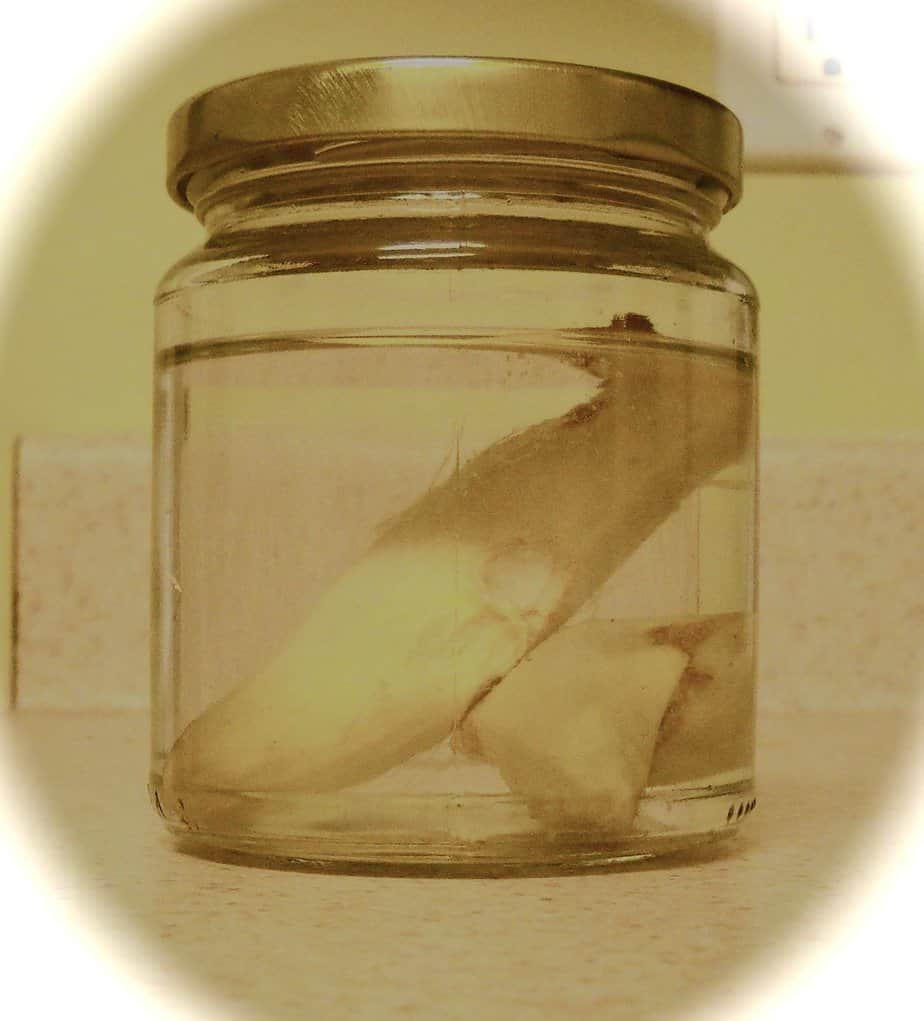
Step Seven – Using Frozen Ginger
I love to freeze ginger because it keeps for so long in the freezer, but also because I actually find frozen ginger easier to use. Don’t bother to thaw it out.
Cut off the portion you think you’ll need from the root, placing the remainder back in the freezer.
To peel frozen ginger, use a vegetable peeler, since the skin will be a bit tougher. Once the ginger is peeled, it grates easily with the microplane grater, and you’ll find that, when frozen, you won’t get the fibrous pieces you can find with fresh ginger. You can use frozen ginger exactly the same way you would use it when fresh.
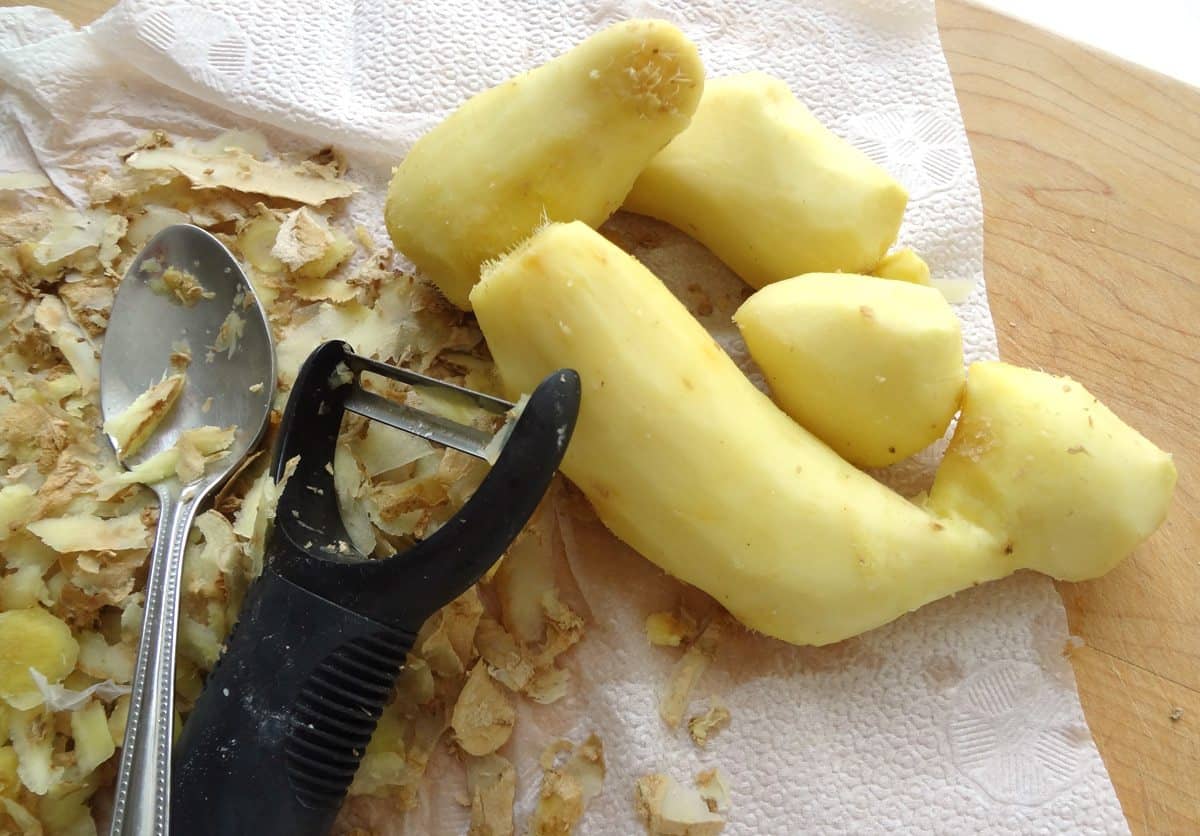
Conclusion
That’s it! Fresh ginger has so many uses, and as you can see, it’s really easy to prepare and store.
Now that you have a good amount of fresh ginger on hand and easily accessible, you’ll want to look for more ways to use it regularly in your cooking. Any recipe in which you previously used dried ginger is a good place to start. You’ll be amazed at how much livelier the dish tastes with fresh ginger.
Most Asian dishes, particularly stir fries, benefit from some fresh grated ginger right on top. It also pairs very well with fish. And, of course, don’t forget to use it in sweets, like gingerbread muffins and pumpkin or sweet potato pie.
Steep a chunk of unpeeled ginger in boiling water for a delicious tea that is soothing when you have a cold. This tea is also a great way to relieve an upset stomach.
What are your favorite ways to use fresh ginger? Which method of storage do you prefer? Share your ideas with us in the comments below.
